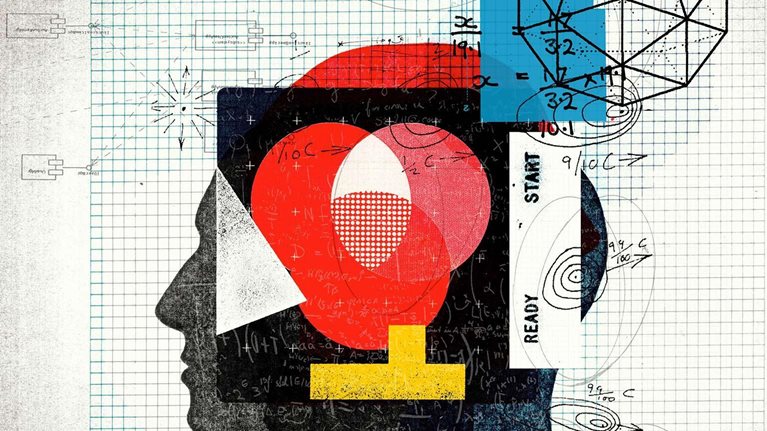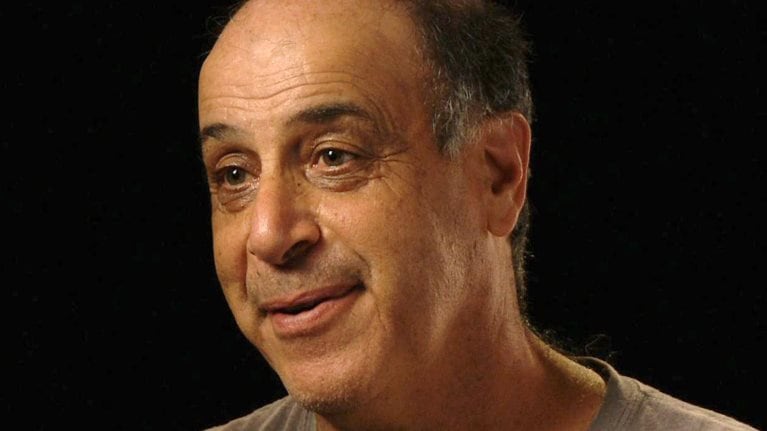In 1992, Adrian Gore founded Discovery with an idea for a health-insurance model that would make people healthier. The South African start-up quickly grew into a global player, with a market cap of over $8 billion and a foothold in major markets, including the United Kingdom and China. In the commentary that follows, Gore reflects on the Discovery Group’s sources of innovative energy and on the organizational efforts required to maintain that energy as the company grows. (For more on these issues, see “The eight essentials of innovation.”) One key, says Gore, is that rewards and risk taking go hand in hand at Discovery, which puts its money where its mouth is by making an innovation score part of each manager’s performance evaluation and by conducting an annual competition to identify creative new ideas.
When I started out as a young actuary in a life-insurance company, South Africa was moving from an apartheid state to a proper democracy and facing some serious challenges, particularly in healthcare. There was an undersupply of doctors, an unusual combination of disease burdens, and a new regulatory environment that had zero tolerance for the discrimination of the past, and rightly so. This meant you couldn’t rate customers on preexisting conditions. Finally, unlike most countries, where a national system partially covers risk, there was no unified public health-insurance system at that time.
When you put those four things together, sustainably financing healthcare becomes a very complex undertaking. When we formed Discovery, we asked the question, “How do you innovate and build a health-insurance system that can work in this kind of environment?”
Our gut instinct was that if you can make people healthier, you can offer more sustainable insurance. It turns out that three lifestyle choices (smoking, poor nutrition, and poor physical activity) contribute to four conditions (diabetes, cancer, heart disease, and lung disease) that drive over 50 percent of mortality every year. So lifestyle choices are fundamental to any social-insurance system. The behavioral science tells us that people need incentives to make a change. But that wasn’t universally known at the time; we were just a start-up acting on a hunch.
When we were starting out, a massive gym chain approached us with the idea to sell our health insurance to their membership base—a classic cross-sales strategy. Our breakthrough came when we flipped this idea around: What if you can use the gyms when you get your insurance from us? But we couldn’t figure out how to afford it.
Then we thought, “Well, what if you earn points by doing healthy things? Then those points give you access to cool rewards and a discount on your premium?” That idea was the catalyst for everything, which I think is true of innovation. It’s a moment in time. It’s not always a revelation in a laboratory. In my experience, it’s right there in front of you. Once you get it, you run with it.
The genesis of Vitality
That initial idea was the genesis of our Vitality program, which has evolved into a complete wellness system that tracks everything from physical activity to nutrition over the course of a person’s life. For instance, customers earn points by logging their workouts with fitness devices from Nike+, Fitbit, and others. These sync up with Vitality directly, through a computer, or with mobile apps on smartphones. When you go to our partner grocery stores, the healthy food is clearly demarcated on the shelf, and you get a 25 percent discount at the register when you swipe your Vitality card. When we first launched the program, we were criticized for wasting healthcare dollars on incentives, but customers went berserk for it.
Today, Vitality is the foundation of our business model, driving every one of our offerings. Take life insurance. It seemed to us that the system was broken. What happens when you fill out an application? They basically cut you in half for a detailed health analysis—blood tests, medicals. From that, they derive a very sophisticated rating that often comes with a rate guaranteed for life. But how does it make any sense to set a rate at a certain point in time, when a change in your behavior could shift the underlying risk throughout your life?
So we decided to offer a new, competitive model. The beauty of it is the shared value it creates for our customers, our company, and society. Our customers are given an incentive to become healthier, lowering their premiums. And we are able to operate with better actuarial dynamics and profitability.
In 2001, we rolled out Discovery Life on this basis, and soon became the number-one provider of life insurance in South Africa. Our competitors have been around for more than a hundred years, but they don’t have Vitality. If you understand the scale of the program, you can see it’s not a capability that could easily be copied. We log 70,000 gym visits per day; people have bought a hundred million dollars’ worth of healthy food in the last few years through our structure. Vitality has provided a competitive advantage that has served us well both inside our home country and beyond it.
The flexibility of Vitality’s structure allows us to enter markets where we could never become the main insurer; the barriers to entry are just too high. We can instead partner with established insurers in those markets by scaling our Vitality model as needed. In the United Kingdom, we worked with Prudential initially but recently acquired full ownership of our health- and life-insurance businesses there. In the Asia–Pacific region, we are now rolling out our model across some of AIA’s markets. We also have an equity stake in Ping An Health, working with one of China’s largest insurers, Ping An. Just this year, we’ve established a new partnership with John Hancock Life Insurance in the United States, and we’re developing one with Generali in Europe, as well.

Would you like to learn more about our Strategy & Corporate Finance Practice?
The model that keeps on giving
Just as Vitality has allowed us to expand geographically, it has also been an additive model that can accommodate other dimensions. For instance, we found that most motor insurance suffers from the same irrationalities as healthcare and life insurance: people underconsume wellness, which in this case means safe driving.
We saw an opportunity to develop a standard vehicle-tracking device that monitors not only the location of a car but also how people are driving—the acceleration, G forces. Rory Byrne, a South African engineer who designed cars for the racing driver Michael Schumacher, has helped us with the telematics to build a Formula One–level analysis of a person’s driving behavior. But that requires a complex black-box install in the car. So, we’ve been working with a company founded by two MIT professors to build an application that also works directly through your smartphone. It has given us some amazing insights into what we call “driving DNA.” We can immediately tell if someone else is driving your car or if you’ve gotten into an accident, just by the deviation in data, which raises a red flag. The Vitalitydrive program allows us to track our customers, to reward them for good driving with a lower premium and a discount on gas, and to provide real-time emergency assistance.
A cycle for innovation
We’re often asked, “Can you keep innovating?” The truth is, I find that the more you innovate, the more you can innovate. Most innovation in companies is event based. A competitor comes up with something, and the company responds. We do the opposite. Our leaders are always on a treadmill to create and launch new ideas. For example, every year we have a rock-star launch where we’re presenting something new to thousands of our intermediaries who own sales. Our guys know the date is booked. The concert’s happening. You just better write the music.
We have growth metrics for a lot of what we do. Our earnings per share have grown by 25 percent a year, compounded, for the last two decades, with little capital. But my personal view is that the rationales behind innovation and earnings targets are not really great bedfellows. You have to invest in innovation, even if you don’t know where it will end up. But with a growth-target mind-set, you’re always thinking, “Oh, we can’t do this, because it’s going to undermine our margins” or whatever. You ought to do both well, but it’s challenging to balance those two parts of your brain.
To push ourselves to find the next idea, we have an internal competition every year called Inspiring Excellence, where our top one thousand leaders break into teams of two to four people and work on new concepts. Throughout the year, we hold contests until we’ve narrowed down to the top five teams, who present at our annual management conference. Even ideas that don’t win often prove to be winners later on, when we roll them out. This program provides us with a strong inventory of possibilities, which are continually replenished.
Twice a year, our remuneration committee looks at each business and gives it an innovation score. So the take-home bonus of a thousand people is based on a subjective review of the success of their launches. But even beyond that pool, all our employees are involved in this time-based cycle, working on projects. Across the organization, there’s a natural metronome of our innovation.
I genuinely believe that the smartest people work for the organizations they believe are doing good. At Discovery, our people have built innovative businesses that are good not only for the company but also for our customers. I’m dedicated to Discovery’s work in building South Africa and communities around the world. I want South Africans to look at Discovery with hope, to feel the future is certain.



